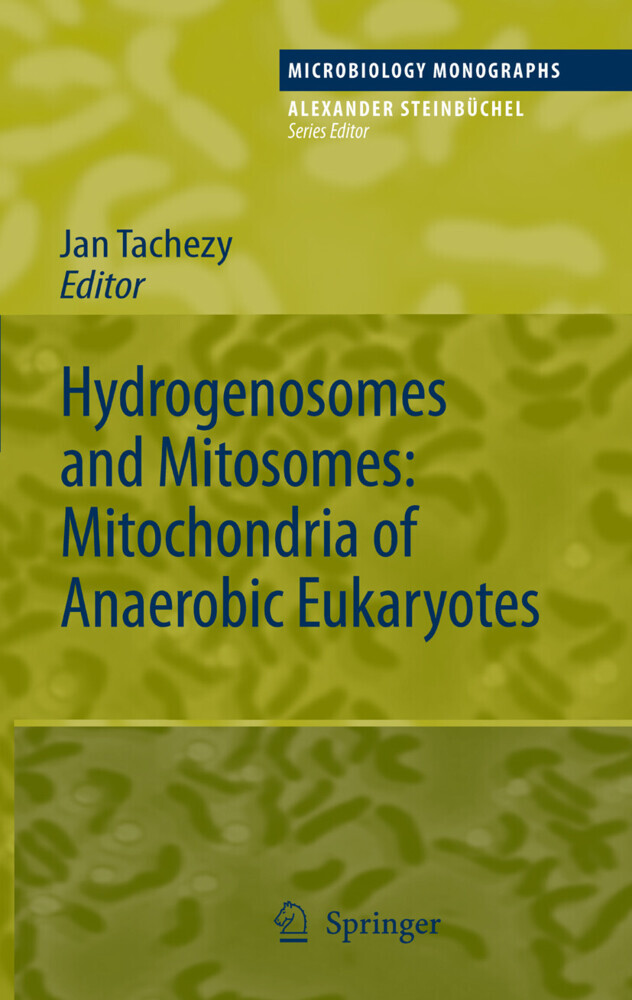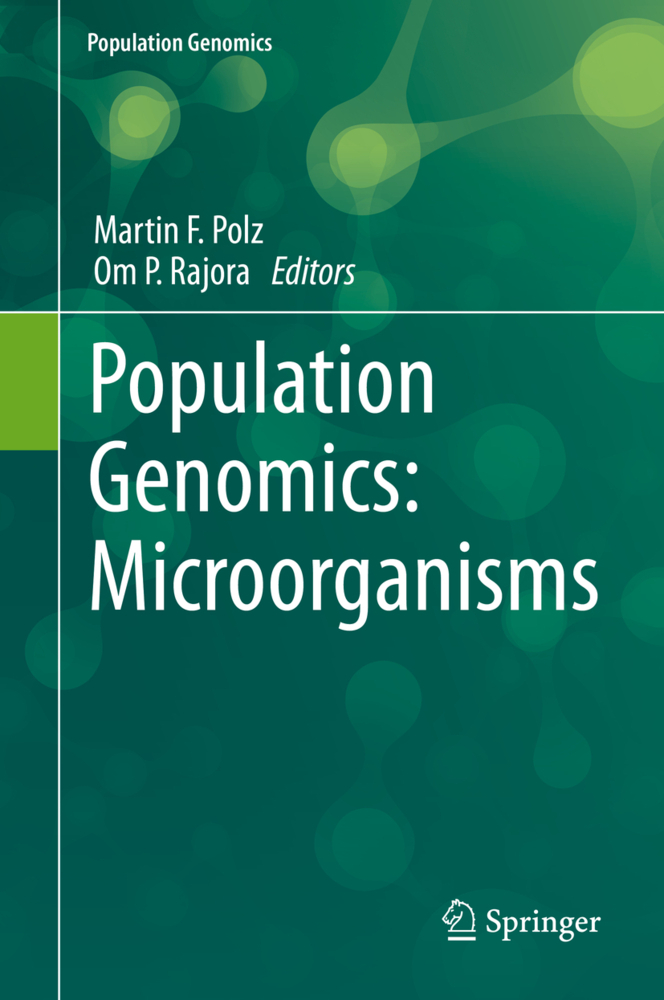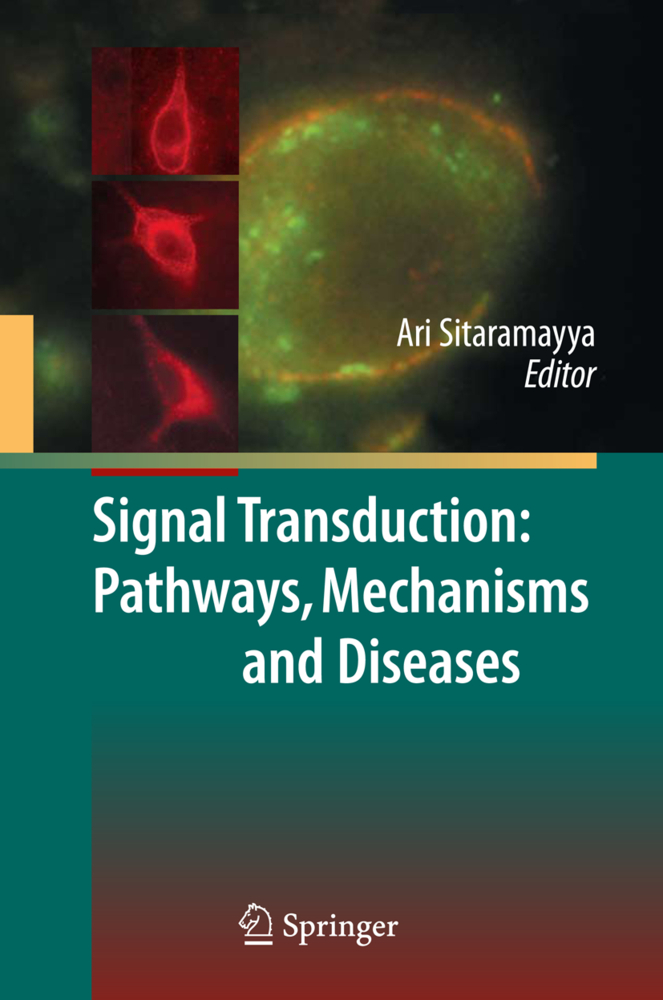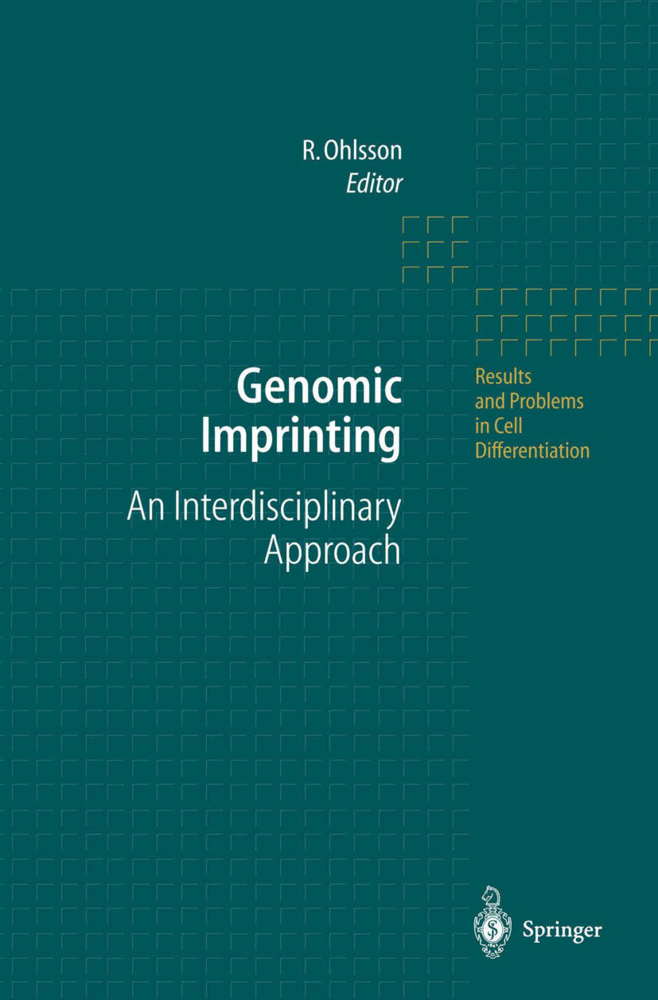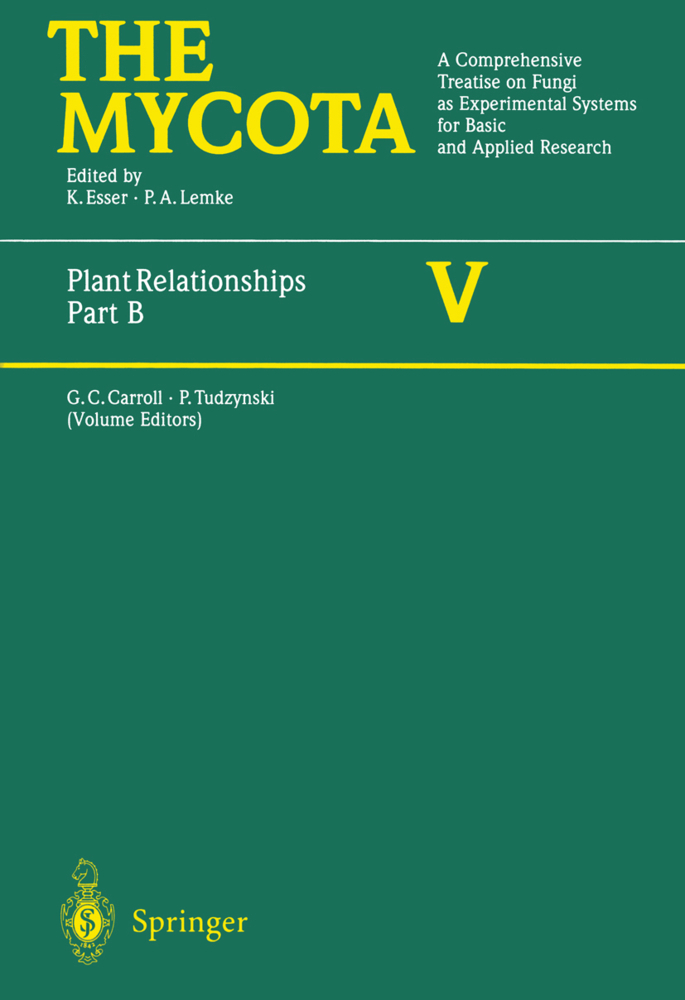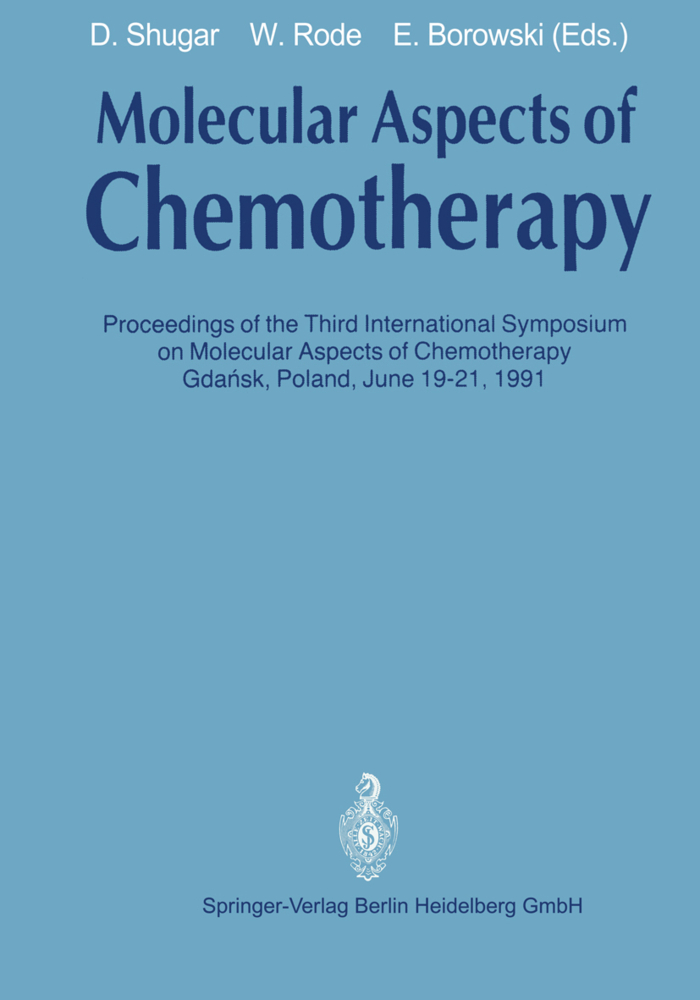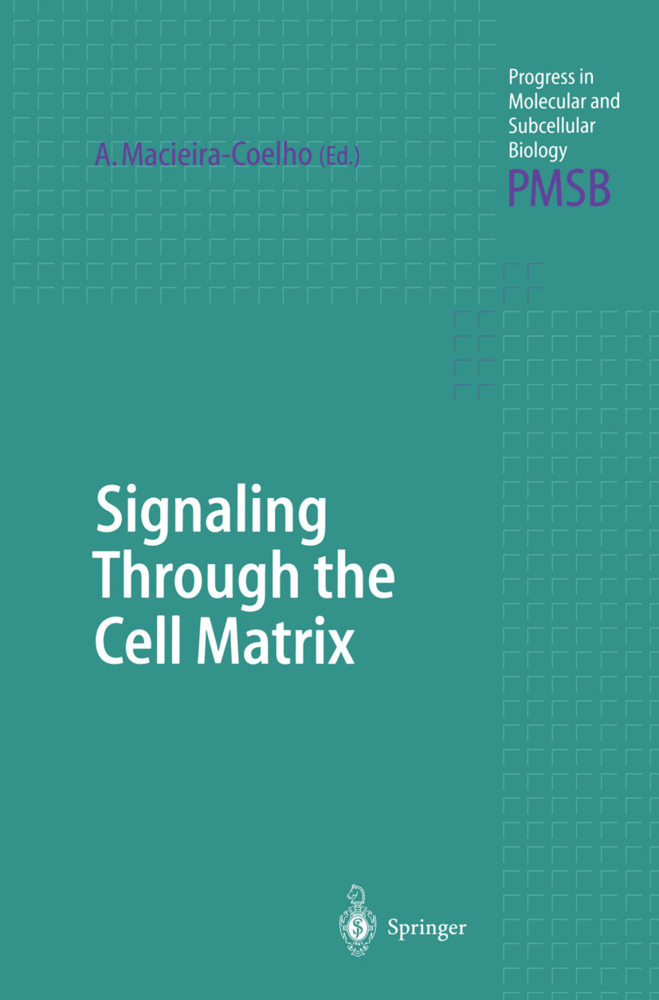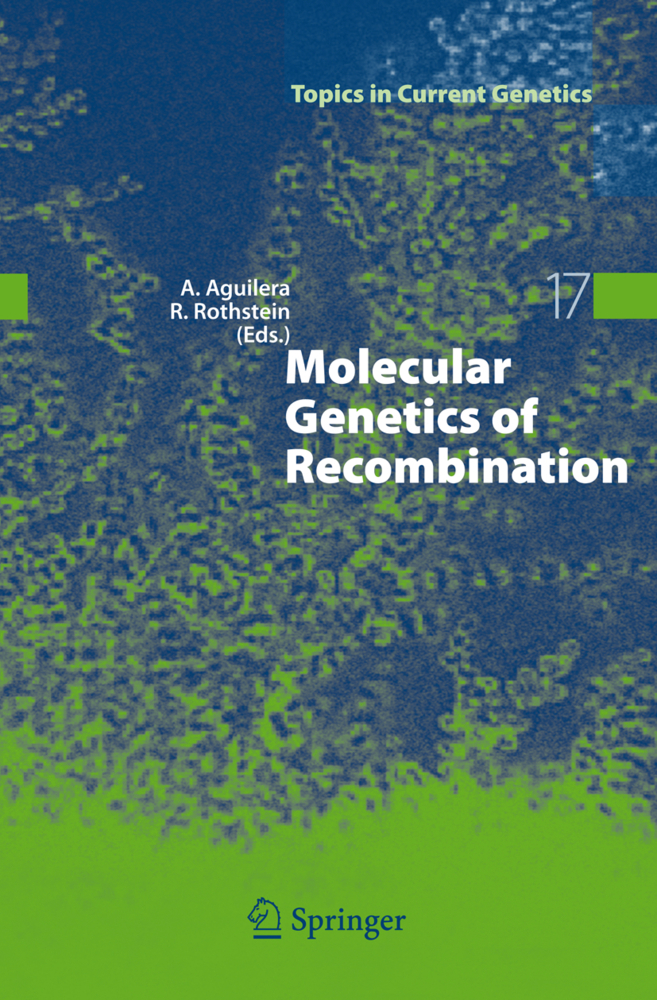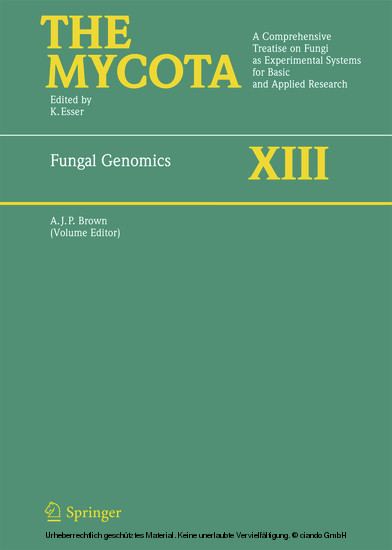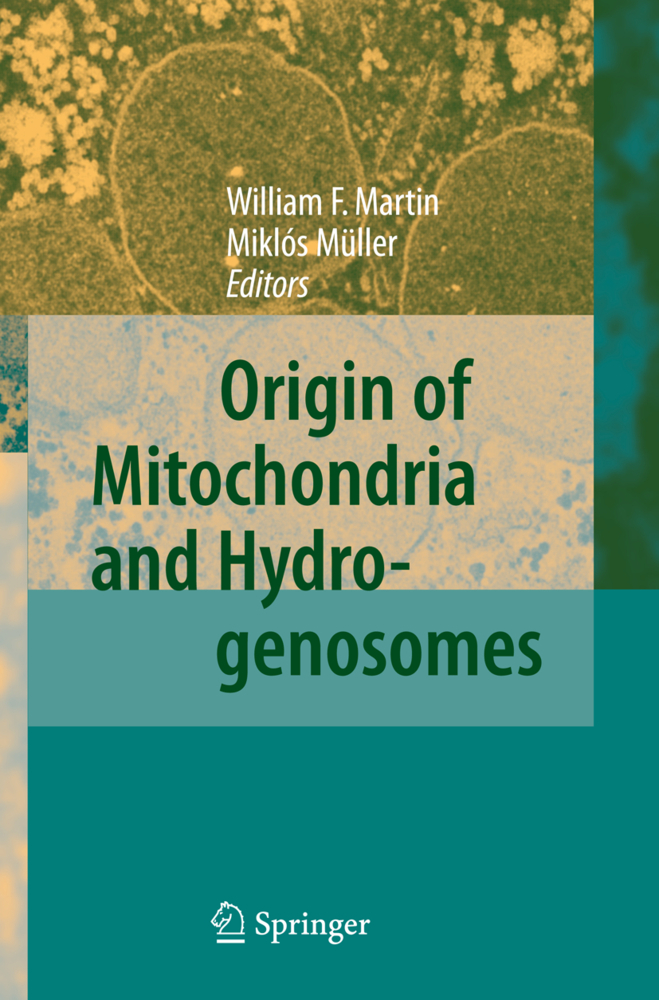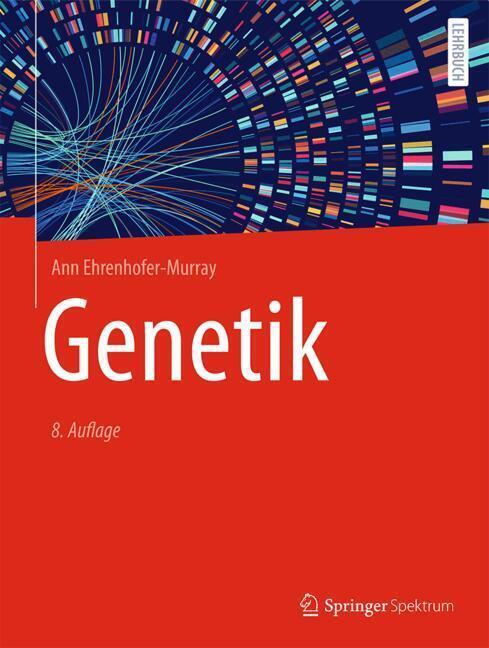Hydrogenosomes and Mitosomes: Mitochondria of Anaerobic Eukaryotes
Mitochondria of Anaerobic Eukaryotes
"Hydrogenosomes and Mitosomes: Mitochondria of Anaerobic Eukaryotes" provides a summary of the current knowledge of these organelles, which occur in unicellular, often parasitic organisms, including human pathogens. The distribution of these organelles is broad, but they were detected primarily in an anoxic habitat or nutrient rich intracellular niche that permits life without the efficient energy generating system of typical mitochondria. Their common characteristic is that they lack the aerobic energy conservation system of typical mitochondria and that they are usually the site of the synthesis of iron-sulfur clusters, regarded as the only indispensable function of eukaryotic mitochondria.
These mitochondria-related organelles exhibit a variety of structures and functions. This work describes properties such as protein import, structure, metabolism, adaptation, proteome and their role in drug activation and resistance. Further topics include the evolution and biogenesis of these organelles.
These mitochondria-related organelles exhibit a variety of structures and functions. This work describes properties such as protein import, structure, metabolism, adaptation, proteome and their role in drug activation and resistance. Further topics include the evolution and biogenesis of these organelles.
1;Preface;6 2;Introduction;8 3;Contents;11 4;Anaerobic Eukaryotes in Pursuit of Phylogenetic Normality: the Evolution of Hydrogenosomes and Mitosomes;13 4.1;1 Introduction;13 4.2;2 Older Views of How and Why the Mitochondrion Become Established;15 4.3;3Anoxic and Sulfidic Oceans up to ~580 MY Ago;17 4.4;4 Canfield Oceans Give Anaerobic Eukaryotes Room to Breathe;19 4.5;5 Anoxic, Fine, and What About Sulfidic?;23 4.6;6 Conclusion;24 5;Protein Import into Hydrogenosomes and Mitosomes;33 5.1;1 Introduction;34 5.2;2 Protein Trafficking in Eukaryotes;35 5.3;3 Evolution of the Mitochondrial Protein Import Machinery;40 5.4;4 Studying Hydrogenosomal and Mitosomal Protein Import;42 5.5;6 Crossing the Organellar Membranes;58 5.6;7 The Protein Import Motor;65 5.7;8 Preprotein Processing Peptidases;67 5.8;9 Folding Newly Imported Soluble Proteins;70 5.9;10 Perspectives;72 6;Structure of the Hydrogenosome;86 6.1;1 Introduction;87 6.2;2 Where are Hydrogenosomes Found?;87 6.3;3 Hydrogenosome Shape;89 6.4;4 Hydrogenosome Size;89 6.5;5 Hydrogenosome Components;90 6.6;6 Fungal Hydrogenosomes;97 6.7;7 Proximity with Other Cellular Structures;98 6.8;8 Hydrogenosome Autophagy;99 6.9;9 Hydrogenosome Division;99 6.10;10 Hydrogenosome Behavior in the Cell Cycle;103 6.11;11 Hydrogenosomes Connection to Microtubules;104 6.12;12 Immunolabeling;104 7;Hydrogenosomes of Anaerobic Ciliates;108 7.1;1 Introduction;109 7.2;2 Nyctotherus ovalis;111 7.3;3 The Hydrogenosomes of Other Ciliates;114 7.4;4 Can the Methanogenic Symbionts Tell us More About the Origin and Function of Ciliate Hydrogenosomes;117 7.5;5 Evolutionary Aspects;117 8;Metabolism of Trichomonad Hydrogenosomes;124 8.1;1 Introduction;125 8.2;2 The Hydrogenosomal Membrane;125 8.3;3 Energy Metabolism;126 8.4;4 Proteins of the Core Catabolic Pathway;131 8.5;5 Interaction with Oxygen;138 8.6;7 Amino Acid and Polyamine Metabolism;145 8.7;8 Other Predicted Hydrogenosomal Proteins;148 8.8;9 Technical Note: Isolation of Hydrogenosomes for Biochemical Experiments;149 8.9;10 Perspectives;149 9;Hydrogenosomes of Anaerobic Chytrids: An AlternativeWay to Adapt to Anaerobic Environments;157 9.1;1 Introduction;158 9.2;2 Mitochondria Versus Hydrogenosomes;159 9.3;3 Anaerobic Chytrids Possess Hydrogenosomes and Perform a (Bacterial-Type) Mixed Acid Fermentation;161 9.4;4 Hydrogenosomal Metabolism of Piromyces and Neocallimastix;161 9.5;5 The Role of the Hydrogenosomes in the Energy Metabolism of Piromyces sp. E2;165 9.6;6 Evidence for a Mitochondrial Origin of Chytrid Hydrogenosomes;166 10;The Proteome of T. vaginalis Hydrogenosomes;173 10.1;1 The Mitochondrial Background;173 10.2;2 A Preliminary Status of Trichomonad Hydrogenosomal Proteomes;175 10.3;3 The Origins of Hydrogenosomal Proteins;183 10.4;4 Outlook;185 11;Hydrogenosome: The Site of 5-Nitroimidazole Activation and Resistance;189 11.1;1 Introduction;189 11.2;2 Activation of Metronidazole in Hydrogenosomes;190 11.3;3 Metronidazole Resistance;194 11.4;4 Conclusions;205 12;Mitosomes in Parasitic Protists;210 12.1;1 Introduction;211 12.2;2 Mitosomes, "Novel" Organelles in "Ancient" Protists?;213 12.3;3 Morphology of Mitosomes;215 12.4;4 Biogenesis of Mitosomes;218 12.5;5 Physiological Functions;223 12.6;6 Perspectives;232 13;The Mitochondrion-Related Organelle of Cryptosporidium parvum;240 13.1;1 Introduction;241 13.2;2 Ultrastructural Morphology;242 13.3;3 Cell Biology;246 13.4;4 Carbohydrate Metabolism;249 13.5;5 Energy Metabolism;252 13.6;6 The Crystalloid Body;253 13.7;7 Concluding Remarks and Future Perspectives;255 14;Mitochondrial Remnant in Blastocystis;263 14.1;1 Introduction;263 14.2;2 Morphology;265 14.3;3 Biochemistry of Mitochondria-Like Organelle of Blastocystis;268 14.4;4 Role of MLO in Blastocystis Programmed Cell Death;269 14.5;5 Future Directions;270 15;PossibleMitochondria-Related Organelles in Poorly-Studied "Amitochondriate" Eukaryotes;273 15.1;1 Introduction;273 15.2;2 Pelobionts;278 15.3;3 Metamonada;281 15.4;4 Heterolobosea;283 15.5;5
Tachezy, Jan
| ISBN | 9783540767336 |
|---|---|
| Artikelnummer | 9783540767336 |
| Medientyp | E-Book - PDF |
| Copyrightjahr | 2008 |
| Verlag | Springer-Verlag |
| Umfang | 287 Seiten |
| Sprache | Englisch |
| Kopierschutz | Digitales Wasserzeichen |

